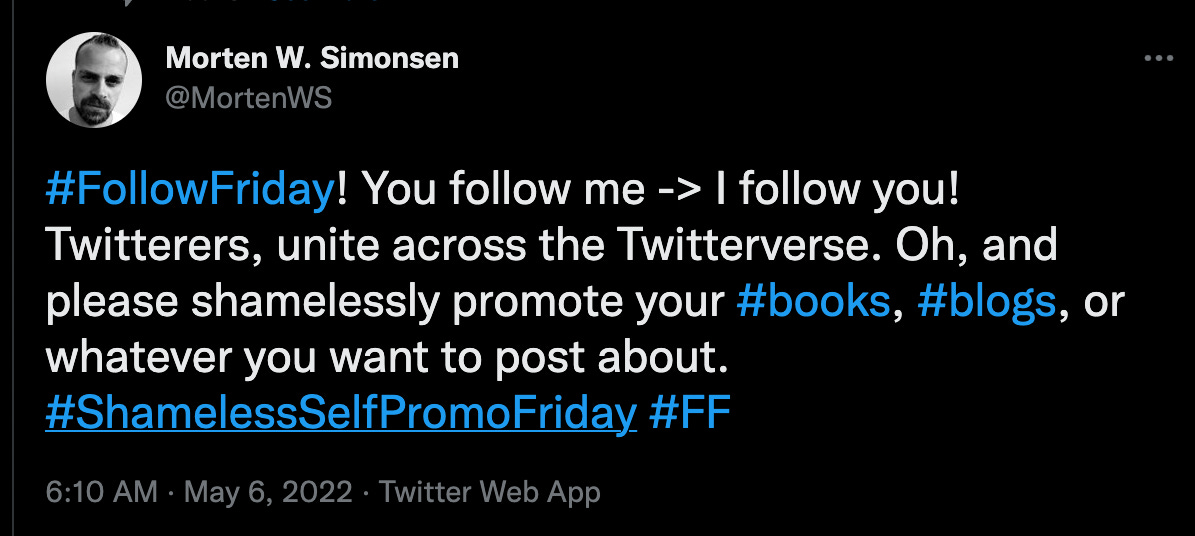
I recently watched Operation Varsity Blues, which dramatizes the college admissions conspiracy that sent Felicity Huffman, Lori Loughlin, and dozens of other people to jail for bribery and other forms of fraud. It illustrates as well as anything the American obsession with numbers. College rankings are driven by prestige, the French word for delusion. The way to create the perception of excellence is to reject more student applicants. Most universities listed in the top ten have an acceptance rate of less than 8%, some as low as 5%. These institutions could double their acceptances without sacrificing any quality in their student body, but they realize that doing so would destroy their aura of exclusivity. More than any other marker, acceptance rate drives the business of elite higher education.
Parents and students are also obsessed with numbers. Students fret about GPA and SAT or ACT scores. Ron Lieber cashes in on parental anxiety in The Price You Pay for College, which poses some useful questions but also includes the absurd notion that universities ought to be able to explain the dollar difference between their institution and another. This would be reasonable if a university were equivalent to a lawn mower, but the notion breaks down quickly under any scrutiny.
If I wanted to study creative writing at Stanford or the University of California-Davis, the value of my degree would not be commensurate in financial terms with an engineering degree from either school. And even if those two universities explained their costs and benefits to me strictly by comparing creative writing programs, there would be no way to commodify their faculty with a crass number. I’ve been influenced as much by Tobias Wolff as by any other memoirist, but I have no notion of whether we’d actually be a good fit as teacher and student. Maybe Wolff would be a jerk. Maybe I’d get more out of my education with a mentor like Pam Houston, whose work has also influenced me greatly. Acceptance rate and sticker price have nothing to do with the human relationships that meaningful education requires. If the value of those relationships is relative to the individual, the institution cannot know what its value will be to any one student.
But, as Operation Varsity Blues explains, some parents and students aren’t after meaningful education. They want the brand name of an institution next to their name, and they will juke whatever stats they can to make that happen. This backward way of thinking trickles down to less selective colleges and universities, as well, in risk aversion among students who worry more about the rigor of a course – whether they can get an A in it or not – than about their interest in the material. Which then leads to professors adding “film” to a course title to drive enrollment or blanketing a campus with flyers, hoping to lure enough students to keep elective courses on the books.
This “prove yourself or else” mentality prevails on social media, where you are nothing without numbers. Barrett Swanson’s essay on the Tik Tok generation reveals the chilling consequences of numbers worship for would-be influencers. But one wonders if higher education is becoming something more like an internally divided collab house. Professors and programs often compete against each other for “likes” within the same institution. It can make faculty feel that their real expertise – the reason they thought they were hired – is less valuable to an institution than the raw number of butts in their seats. It’s a deadly calculus.
Increasingly, writers also have to play the numbers game. When I began my full-time writing life in January, I knew that a large Twitter following could juice up a book proposal. But then I discovered the “writer’s lift”: a plea for followers that is usually softened by a promise of reciprocity.
Some people even state a numbers goal:
Another method is guilt, seen in this post, which rocketed its author from 30 followers to over 1,000 in a single day.
The reason for these self-abasing acts is that publishers increasingly evaluate an author’s social media presence alongside a book manuscript. In this Twitter thread, a journalist with over 17,000 followers said her platform was not enough for some agents to even begin discussing a book deal. Before they’d even read a word of her prose! Fiction seems to be a place where craft can still stand alone. But nonfiction writers increasingly face a conundrum. How do you build a following without first publishing your book?
I feel for those who begin every day with the naked ask, “Follow me,” and who spend hours pasting links to their works into other writer’s lifts. These are my colleagues, and they are doing their best to be good Americans, nose to the grindstone. It’s the ethic I learned from my mentor, Ted Kooser, who explains his philosophy below. How do you get good at pitching horseshoes? You pitch a hundred horseshoes a day.
But consider these numbers. It is now commonly recommended that a literary writer query at least 100 agents before deciding that their book can’t find a commercial home. This author states it as a point of pride that she received 215 rejections from literary magazines in a single year and even encourages other writers to emulate her. Given that most magazines charge a $3 reading fee these days (about the equivalent of postage), that is over $600 spent submitting work that would be compensated only in prestige if it were accepted (what does prestige mean in French again?). Kooser himself says that he only unlocks one or two good ideas per month after trying to write every day from 4:30 - 7:00 a.m. That is an incredible luxury of time, and it requires an unshakable sense of purpose. A sane person might also ask at what point such tenacity becomes tilting at windmills.
I’ve been thinking of something Thoreau said about technology in his own time: “We do not ride upon the railroad; it rides upon us.” He proposed that we simply stay home and boycott the railroad. That’s just not possible these days for anyone who wants to remain engaged with the world. Some writers believe they can spurn the railroad by self-publishing and defiantly embracing the title “indie.” For those who cannot bring a readymade audience to the publisher’s iron gate, it often seems like the only option left. But even those brave folks can’t succeed without the very online venues that initially disqualified them from commercial publishing.
I am mindful of the irony that I am posting this polemic on Substack, a metrics-based platform that many authors have turned to as a more reliable source of income than freelancing. No one makes Substack pay without building a following. There is even a playbook for doing so. Substack is empowering and liberating for many, and I value it as a way to ritualize my writing and keep a virtual sense of community. Yet I struggle, as a competitive and goal-oriented person, with keeping the numbers in perspective.
So, to conclude, I turn (as I often do) to Willa Cather. Cather wrote a poem as an undergraduate that might have gone viral if social media had existed then. It was published anonymously in the student newspaper and directly attacked one of her professors. Whether he read it there or heard about it secondhand would not have mattered much, because he would have easily identified the author and was already aware that she despised him.
His name was Lucius Sherman, and Cather did not hate him because he graded harshly or spoke cruelly to her. She thought he was killing the soul of what she loved. Their dispute continues today, and you might say that both could claim victory.
Cather earned celebrity in her lifetime and immortality through her art. But we are living in Lucius Sherman’s world.
Sherman believed there was a kind of algebra to great literature. He would have loved Google. In his Analytics of Literature, he counted words to calculate “ratios of force” (less was more, in his scheme) and made lists of all the different ways nouns and adjectives were combined in poetic phrases. This chart shows how superior Ralph Waldo Emerson is in sentence length.
Cather did not believe you could perform an autopsy on a work of art and discover its secrets. And she rejected Sherman’s claim that he offered a superior method for studying literature. So she published this poem.
“He Took Analytics”
I am dying, Egypt, dying,
Ebbs the crimson life-tide fast;
And the dark Plutonian shadows
Gather on the evening blast;
Ah I counted, Queen, and counted,
And rows of figures massed
Till e’en my days are numbered,
And I’m counted out at last.
The title refers to Sherman’s course, and the first four lines are lifted verbatim from this 19th-century poem, which itself dramatizes Shakespeare’s Antony and Cleopatra. Shakespeare’s tragedy is about betrayal and misunderstanding. Antony tries to kill himself after Cleopatra tricks him into thinking she has done the same. He ends up dying in her arms. Cather felt that Sherman betrayed a trust that mutual lovers of art ought to share.
I love the vicious wit in the title and in the closing lines. Like the poor sap in this poem, Cather suggests, you too will want to kill yourself if you take Sherman’s analytics class. I mean, really. Can you imagine being the drudge who was asked to count every word in five hundred sentences for six different authors?
Emerson would never have written a word if he had been trying to duplicate Sherman’s bogus ratio of force or tracking stats for a LinkedIn post. Business was the byproduct of Cather’s art, not the genesis of it. Just so, I begin with a thought, place it into the fragile vessel of the word, and cast it off upon the water in hopes that it might find its way to you. This is the wherefore and the why of my writing life. Whether there is room for me in the literary marketplace remains to be seen. If there is, I believe I’ll find my place by staying true to the source of art as I understand it: the impulse to share.






Lapped up every word, Joshua!
Enjoyed your analytical analysis (sorry for the repetition) of the frustrations of getting a toe-hold in the literary freelance ethos. xo